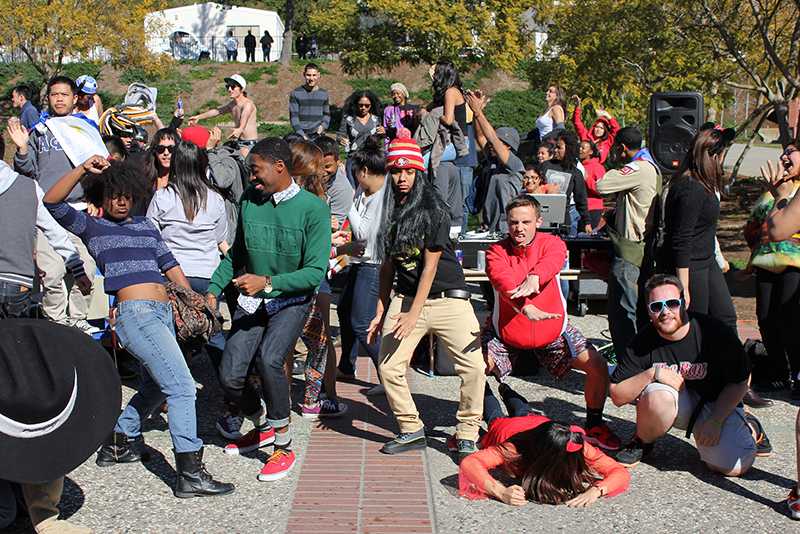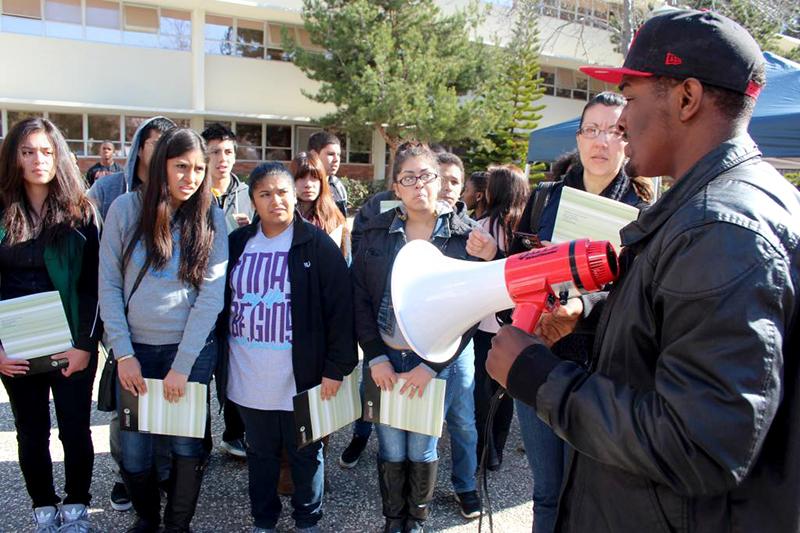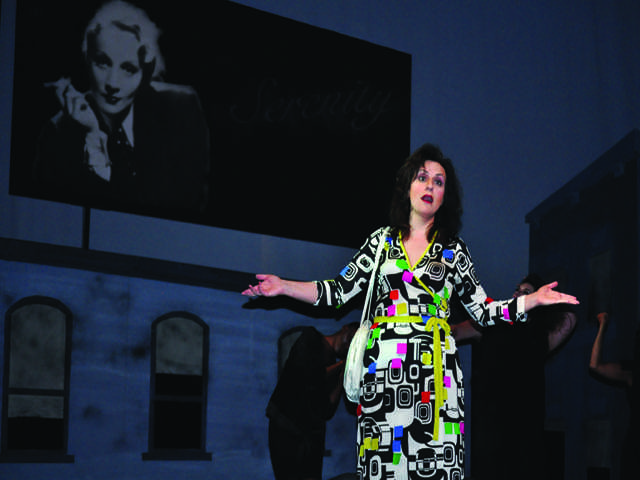 Despite being granted a last-minute reprieve by Governor Schwarzenegger, Albert Greenwood Brown was scheduled to be executed at 9 p.m. Thursday at San Quentin State Prison.
Despite being granted a last-minute reprieve by Governor Schwarzenegger, Albert Greenwood Brown was scheduled to be executed at 9 p.m. Thursday at San Quentin State Prison.
Convicted of the 1980 rape and murder of 15-year-old Susan Jordan in Riverside, Brown is one of seven inmates in the state who has lost all appeals of his convictions and is slated for execution. Brown will be the first inmate to be put to death since the Jan. 2006 execution of Clarence Ray Allen.
Fifty-six-year-old Brown will be the first inmate to be killed in the state’s new death chamber at San Quentin. The facility was built after U.S. District Judge Jeremy Fogel of San Jose ruled in 2006 that the state’s lethal injection procedures had serious flaws. Fogel, on Friday, denied a stay of execution to Brown, citing a lack of time to review whether new state procedures (adopted from his 2006 ruling) contained safeguards against an agonizing death.
On Monday night, the Ninth U.S. Circuit Court of Appeals ordered Fogel to reconsider a stay of execution, due in part to the fact that the state has a limited supply of sodium pentathol (one of the three drugs of the lethal injection combo), and that the remaining supply expires on Friday. Other states are encountering the same problem and have since delayed carrying out executions. Fogel has given Brown the option of a single-drug method (considered more humane) or the normal three-drug cocktail, despite not reviewing either method.
The 30-year legal drama that is Brown’s case is another episode in California’s troubled history with the death penalty. Since its 1976 reinstatement by the U.S. Supreme Court, 13 people have been executed by the state. Currently, 690 people are waiting an average of 20 years on death row for sentence to be carried out; they are more likely to die awaiting execution. And through all this, California taxpayers are footing the bill at the cost an estimated $137 million a year, according to the California Commission on the Fair Administration of Justice and the American Civil Liberties Union (ACLU).
According to the ACLU, death penalty cases cost an estimated $1.1 million more than trials where prosecutors seek life imprisonment. This cost can be attributed to the fact that death penalty cases typically have two trials: one to determine the defendant’s guilt, and one to determine whether or not he should be executed. The amount of hours of work that go into a capital punishment trial can amount to tens of thousands; in the Scott Peterson murder trial, the ACLU found that prosecutors worked 20,000 hours of staff time: the equivalent of nine full-time staff working over an entire year. The appellate system, designed to review judgment and ensure the sentence’s fairness, is highly dysfunctional, and at the post-conviction level where appeals and review are carried out, taxpayers incur even more costs.
On top of that, housing death row inmates adds a huge financial burden to the California taxpayer: on average, housing on death row costs $90,000 more per inmate versus those in general population. Take into account the need for a new $400 million modern facility to house death row inmates (the current one is too old and overcrowded), and we seem to be throwing more and more money into a system whose effectiveness is under serious question.
Is the death penalty effective as a deterrent to violent crime? According to the Death Penalty Information Center, states that have the death penalty have a higher murder rate than those without capital punishment. The last year given in the study, 2007, has non-death penalty states’ murder rate at 4.1 percent, while that of death penalty states is nearly six percent. According to U.S. Census and FBI crime statistics, this has held true since 1990, when the study first began; non-death penalty states have consistently lower murder rates, and the gap between the two has grown over the last twenty years.
Since 1971, 130 people have been freed from death row nationwide. In cases where the death penalty is applied, there can be no room for error. In the case of Cameron Todd Willingham, who was convicted of setting a 1991 house fire that killed three children in Texas and executed in 2004, glaring errors were found, albeit five years too late. A damning critique by a nationally known fire scientist informed a Texas state commission on forensics that the 1991 fire that Willingham was convicted of setting had no basis to be ruled as arson; the Chicago Tribune and other publications reported that the testimony of the nation’s top fire scientists concluded that investigators in the Willingham case were grossly negligent, failing to full investigate electrical outlets and appliances, among other potential causes for the fire. Shoddy forensics work, and the testimony of a jailhouse informant who testified that Willingham confessed, amounted to a first-degree murder charge for Willingham and his eventual execution. The Chicago Tribune and the Innocence Project have been instrumental in getting the case reviewed, which is admirable; but of course, far too late for a potentially innocent man executed by the state.
Another point to consider in the death penalty debate: our position as a democracy, and the last in the Western world to still carry out executions. According to Amnesty International, the U.S. was the only country in the Americas and the only Western democracy to execute prisoners. Last year, the top five countries leading in capital punishment were China, Iraq, Iran, Saudi Arabia and the United States. Three autocratic countries, a government put into power by American military might, and the world’s foremost democratic power—not exactly good company.
Regardless of one’s take on the moral and ethical issues the death penalty raises, it is time for California voters to take a long, hard look at the policy that, according to a recent Field poll, over 70 percent of the state approves. In a time where education and health care are reeling, and where the state can barely manage to formulate a budget, let alone a working plan to solve its economic woes, we need to have a serious debate on our priorities. The scheduled execution of Albert Greenwood Brown has thrown a spotlight on the issue of corrections and our obligations to justice.









